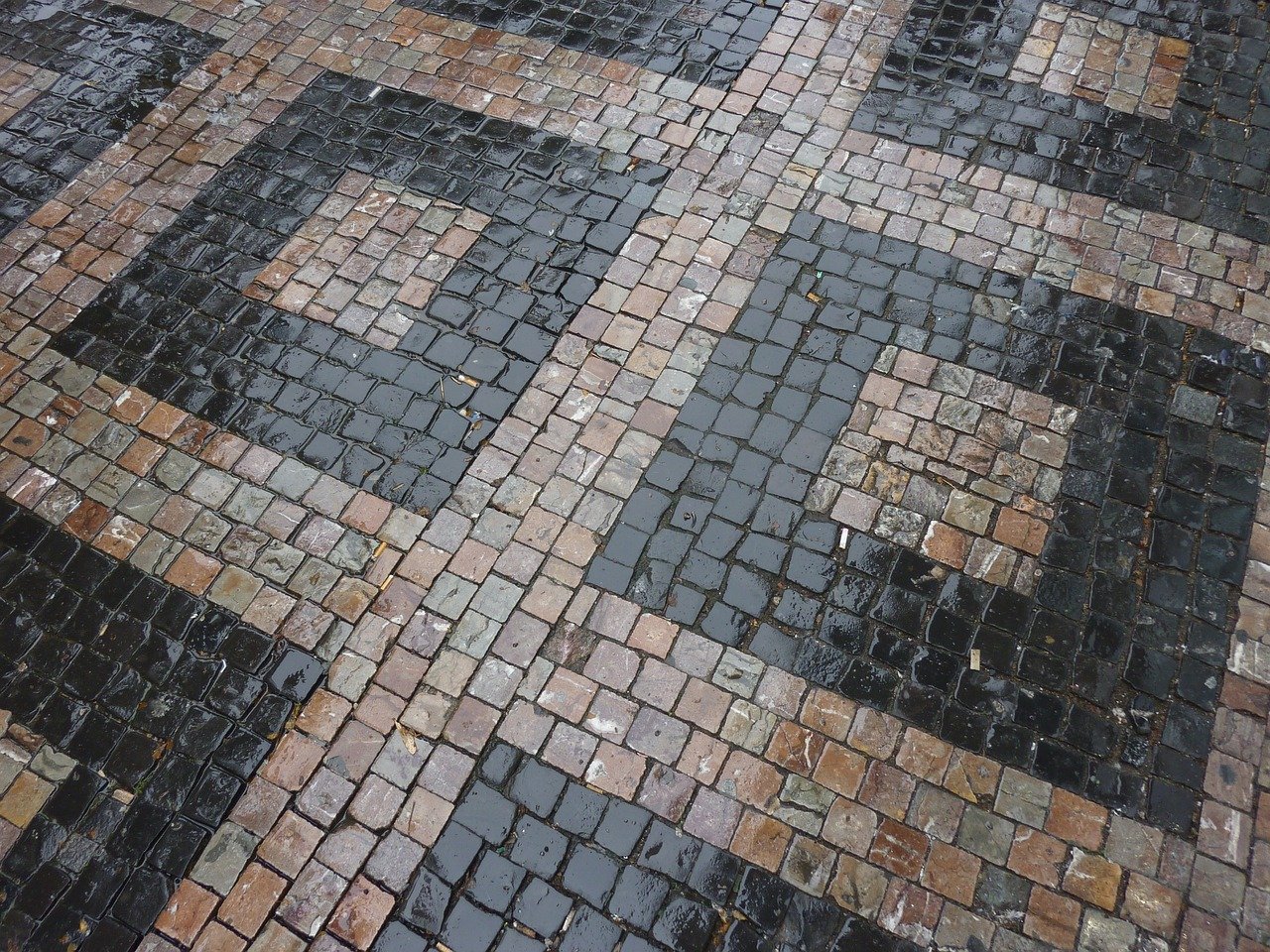Stone pavers are a popular choice for landscaping and outdoor construction projects. They provide a timeless, elegant look and offer unparalleled durability. Whether you’re renovating your garden path, patio, driveway, or poolside, stone pavers provide a practical and aesthetic solution that can last for generations.
This article will take a deep dive into the world of stone pavers, exploring their advantages, types, installation process, and tips for maintenance.
What Are Stone Pavers?
Stone pavers are flat stones, typically used in landscaping and exterior building projects. They are made from a wide variety of natural stones, such as granite, limestone, bluestone, and travertine. These pavers are cut into uniform shapes and sizes to fit seamlessly into outdoor designs, creating stunning pathways, driveways, and patios.
Why Choose Stone Pavers?
Stone pavers are an excellent investment for many reasons:
- Durability: Natural stone is incredibly strong and can withstand extreme weather conditions, making stone pavers ideal for both hot and cold climates.
- Aesthetic Appeal: Stone pavers provide a classic, natural look that enhances the beauty of outdoor spaces. They come in various colors and textures to complement any architectural style.
- Low Maintenance: Once properly installed, stone pavers require minimal maintenance compared to other materials like wood or concrete.
- Sustainability: Natural stone is an eco-friendly material, as it doesn’t require harmful chemicals in its manufacturing process.
Types of Stone Pavers
There are several types of stone pavers available, each offering unique characteristics and benefits. Here are some of the most popular options:
1. Granite Pavers
Granite is one of the hardest natural stones, making it an excellent choice for high-traffic areas such as driveways and commercial spaces. It comes in a variety of colors, including black, gray, pink, and green, allowing for customization in design. Granite pavers are highly resistant to scratching, chipping, and heat.
2. Limestone Pavers
Limestone pavers have a soft, subtle appearance with smooth textures. They’re perfect for creating a rustic or Mediterranean look. Limestone is durable, but it may require sealing in certain climates to protect it from weather damage.
3. Bluestone Pavers
Bluestone is a popular option for outdoor patios and walkways because of its rich, deep color. The unique blue-gray tone can enhance the visual appeal of any space. Bluestone is highly durable and slip-resistant, making it a practical option for poolside paving or wet areas.
4. Travertine Pavers
Travertine pavers offer a classic, elegant look with a unique texture. They come in various shades of beige, brown, and cream. Travertine is a porous stone, making it a comfortable option for barefoot areas like pool surrounds. It remains cool even in direct sunlight.
5. Crazy Pavers
Crazy pavers are irregularly shaped stones used to create more artistic and creative designs. They add a unique, casual charm to gardens, driveways, and pathways. Crazy paving is ideal for those looking to achieve a more rustic or eclectic look in their outdoor spaces.
Benefits of Using Stone Pavers for Outdoor Projects
Choosing stone pavers for your outdoor projects provides several key benefits that make them a preferred choice for many homeowners and landscapers.
1. Durability and Strength
Stone pavers are highly durable and can last for decades when properly installed. Their strength means they can support heavy loads, making them perfect for driveways or commercial walkways.
2. Versatility in Design
With the wide variety of natural stones, colors, and textures available, stone pavers can be customized to fit any design or architectural style. Whether you’re going for a modern, sleek look or a rustic, natural vibe, stone pavers offer endless possibilities.
3. Easy Replacement
In the unlikely event that a stone paver gets damaged, it’s easy to replace. Unlike concrete or asphalt, where repairs are noticeable, replacing a single stone paver can be done without affecting the overall appearance of your patio or pathway.
4. Eco-Friendly Option
Because stone is a natural resource, it is a sustainable and environmentally friendly option for your outdoor spaces. No harmful chemicals or additives are used in their manufacturing process.
Step-by-Step Guide to Installing Stone Pavers
Installing stone pavers may seem like a daunting task, but with careful planning and execution, you can transform your outdoor area. Here is a simplified step-by-step guide to help you through the process:
1. Planning and Design
The first step is to create a plan. Measure the area where you intend to lay the pavers and choose the type of stone that suits your project. Sketch out a layout to see how the pavers will fit into the design of your space.
2. Prepare the Ground
Once your design is finalized, clear the area of any plants, rocks, and debris. You may need to excavate the ground to ensure a flat surface. A depth of around 4 to 6 inches is usually sufficient for a pathway, while driveways may require more depth for stability.
3. Lay the Base
After excavating, lay a foundation using gravel or crushed stone. This base layer provides drainage and a solid foundation for your pavers. Spread the gravel evenly and compact it down using a plate compactor to ensure stability.
4. Add Sand or Mortar
Once the base is prepared, add a layer of sand or mortar on top. This will act as a leveling agent and help lock the pavers in place.
5. Lay the Stone Pavers
Begin laying the stone pavers according to your design plan. Place them snugly together, ensuring there are no large gaps between the stones. You may need to cut some stones to fit the edges of your layout.
6. Fill the Joints
After the pavers are laid, fill the joints between them with sand. Sweep the sand into the gaps and then use a compactor to set the pavers firmly in place. You may need to repeat this process a few times to ensure stability.
7. Seal the Pavers (Optional)
If you want to protect your stone pavers from staining or weather damage, consider applying a sealant. Sealing can also enhance the natural colors of the stone.
Maintenance Tips for Stone Pavers
Stone pavers require minimal maintenance, but a few simple steps can help keep them looking their best for years to come:
- Regular Cleaning: Sweep the surface of your pavers to remove dirt and debris. For deeper cleaning, use a pressure washer.
- Weed Prevention: Use a weed inhibitor in the joints to prevent weed growth between the stones.
- Reapply Sand: Over time, sand in the joints may wear down. Reapply sand as needed to keep the stones locked in place.
- Seal the Pavers: For added protection against weather, staining, and fading, consider resealing your pavers every few years.
Conclusion
Stone pavers are a versatile and durable solution for outdoor landscaping projects. Whether you’re creating a charming garden path or a sturdy driveway, the variety of stone options ensures that you’ll find the perfect fit for your space. With proper installation and minimal maintenance, stone pavers can provide a beautiful, long-lasting addition to your home or business. Their natural appeal, strength, and sustainability make them a top choice for anyone looking to enhance their outdoor environment.



